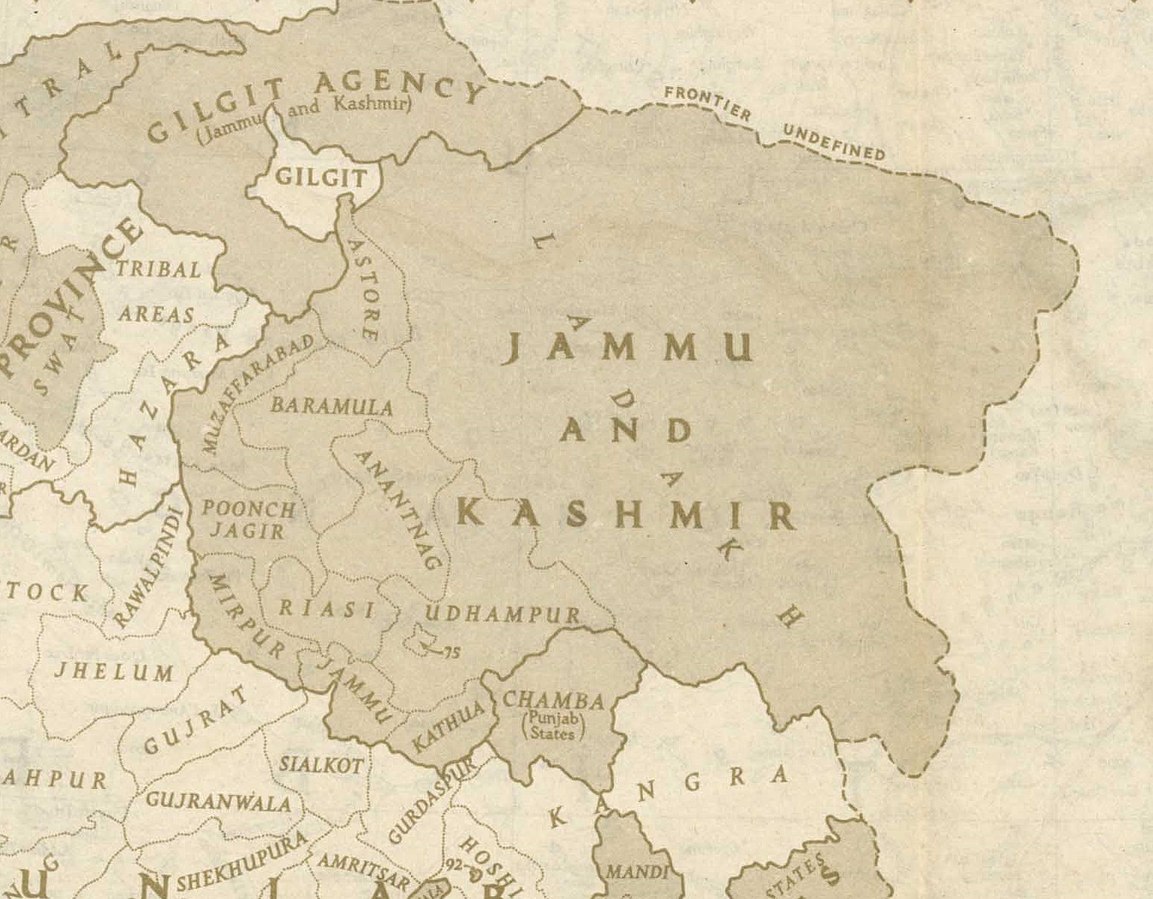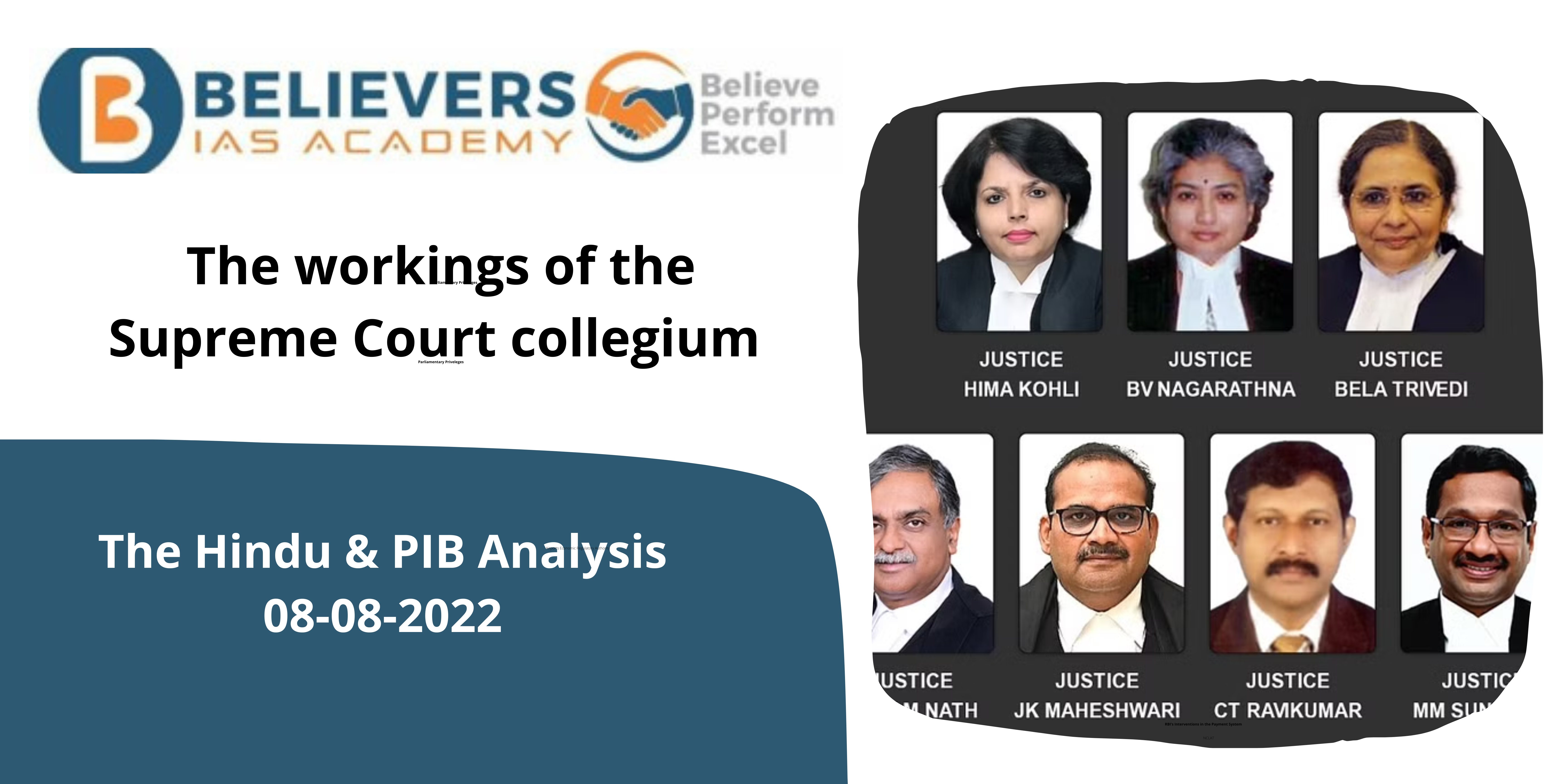India and Kashmir
The origin of the conflict:
- The origin of the conflict can be traced back to the First Anglo-Sikh war and the defeat of Sikhs. The Sikhs had to cede territories in order to pay for war indemnities.
- They ceded Kashmir, and all the forts, territories, rights and interests in the hill countries situated between the Rivers Beas and Indus to the East India Company, which was equivalent to ten million of rupees.
- Later under the treaty of Amritsar Raja Gulab Singh of Jammu, purchased Kashmir from the East India Company for of 7.5 million rupees and was granted the title Maharaja of Jammu and Kashmir
- The region remained under the dynasty till 1945 Partition of India. Jammu and Kashmir was one of the three Princely states that did not join India or Pakistan at the eve of independence. Raja Hari Singh the ruler of the state remained indecisive and wanted to remain neutral, he wanted to make Kashmir into a Switzerland of South Asia.
- However, his dreams of having an independent existence came crashing down within a few months since the tribals in the western part of the state, trained and armed by Pakistan staged a rebellion which threatened his reign.
- This resulted in Raja Hari Singh signing the instrument of accession and acceding the territory to India. India then launched a military operation to curb the insurgency. Meanwhile, Pakistan, realising the tribals are going to be subdued, launched a military operation against India. This resulted in the Indo-Pak war of 1947.
UNSC Resolution 47:
India not wanting war with its sister state, went to the United Nations asking for mediation. This resulted in the UNSC Resolution 47 which gave three steps to ensure peace, which were:
- In the first step, Pakistan was asked to use its “best endeavours” to secure the withdrawal of all tribesmen and Pakistani nationals, putting an end to the fighting in the state.
- In the second step, India was asked to “progressively reduce” its forces to the minimum level required for keeping law and order. It laid down principles that India should follow in administering law and order in consultation with the Commission, using local personnel as far as possible.
- In the third step, India was asked to ensure that all the major political parties were invited to participate in the state government at the ministerial level, essentially forming a coalition cabinet. India should then appoint a Plebiscite Administrator nominated by the United Nations, who would have a range of powers including powers to deal with the two countries and ensure a free and impartial plebiscite. Measures were to be taken to ensure the return of refugees, the release of all political prisoners, and for political freedom.
However, Pakistan, since then have refused to withdraw its armed forces and has instead created large scale demographic changes in violation of the Security Council directives.
The later years:
- India and Pakistan fought two wars in 1965 and 1971 respectively and after the 1971 war, a peace treaty was signed between India and Pakistan called Shimla Agreement in which both sides agreed to use the ceasefire line called Line of Control as the temporary boundary and also “neither side shall seek to alter it unilaterally, irrespective of mutual differences and legal interpretations”.
- However, Pakistan again violated the agreement and sent its military disguised as Mujahedeen to take over Kargil, which reignited the conflict in 1999.
- Since the Taliban took over Afghanistan in the late 80s, Pakistani intelligence agencies have been using it as a breeding ground for training insurgent groups to fight India in order to ‘bleed India with a thousand cuts.’
The current situation:
- India has since revoked the special rights given to Jammu and Kashmir and have made it into 2 Union Territories of Jammu and Kashmir and Ladakh. This was done to ensure the peace and prosperity of the region.




